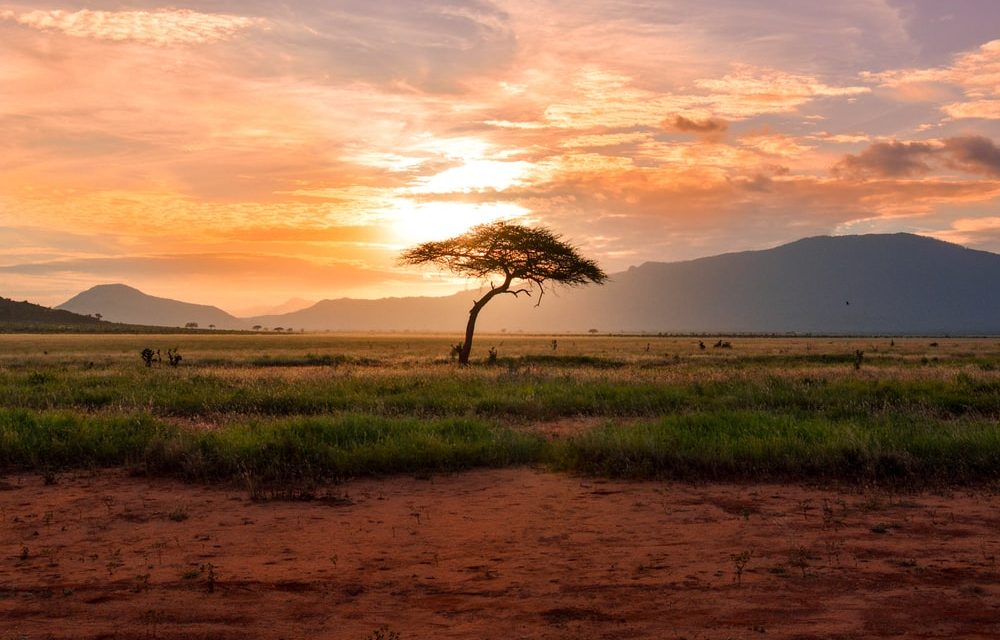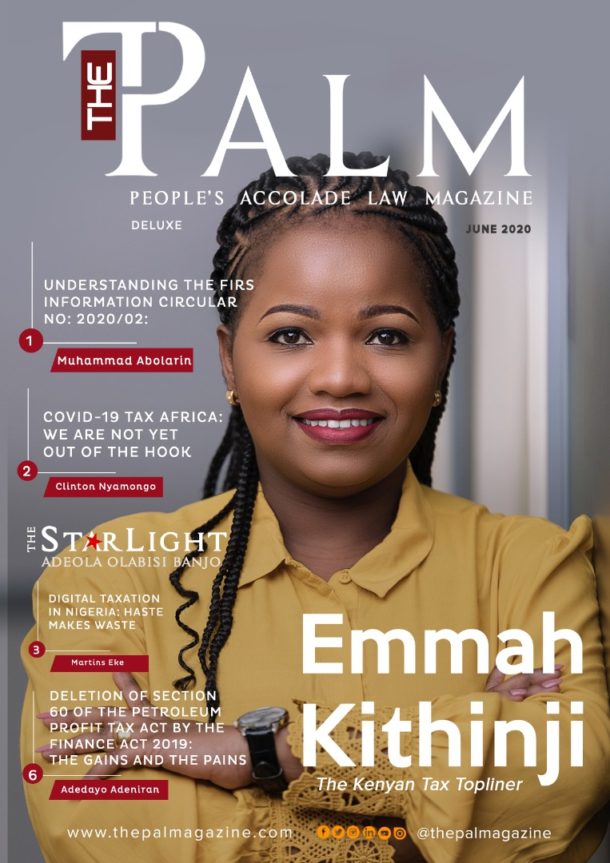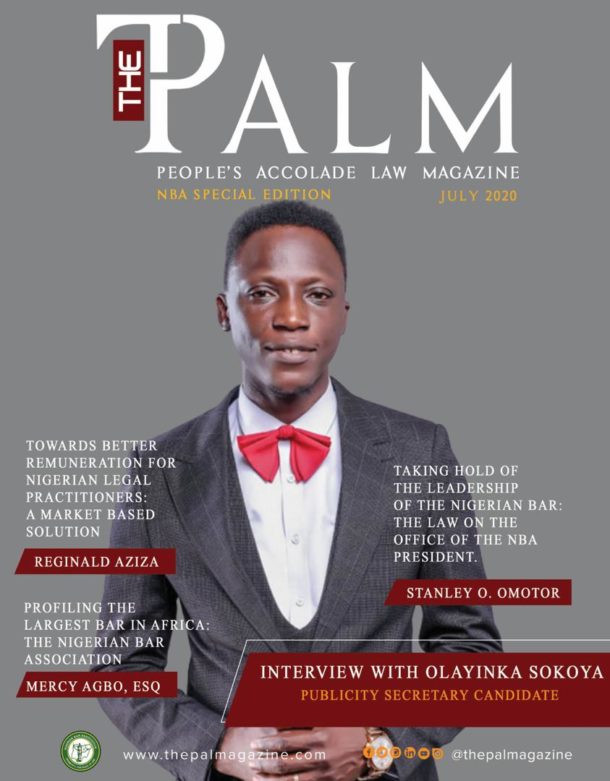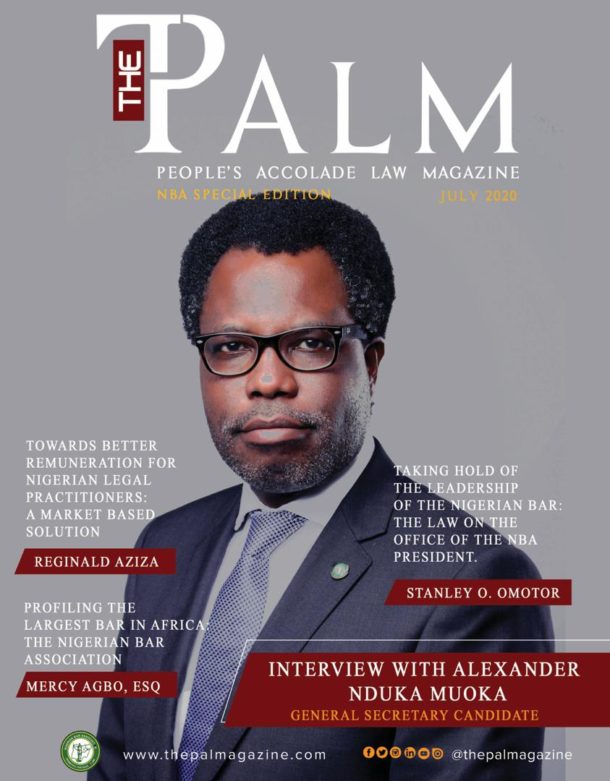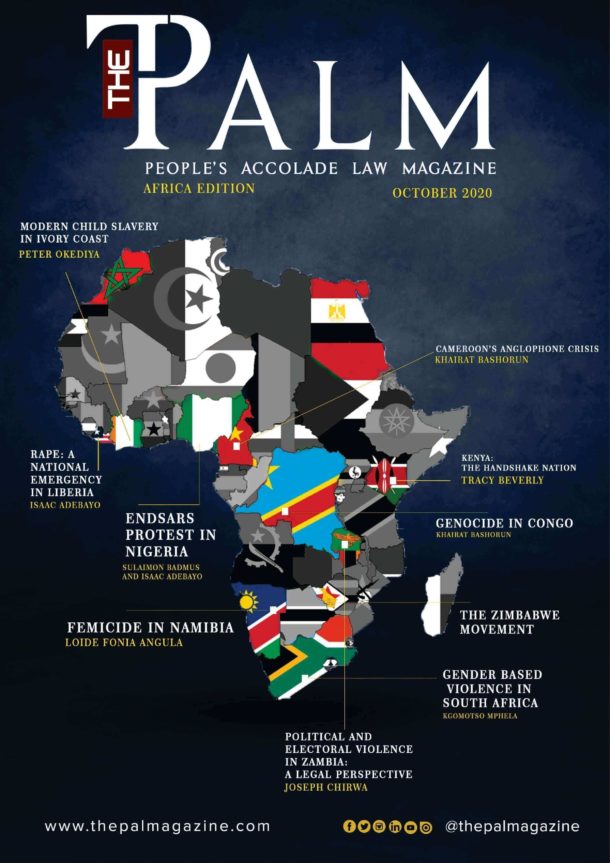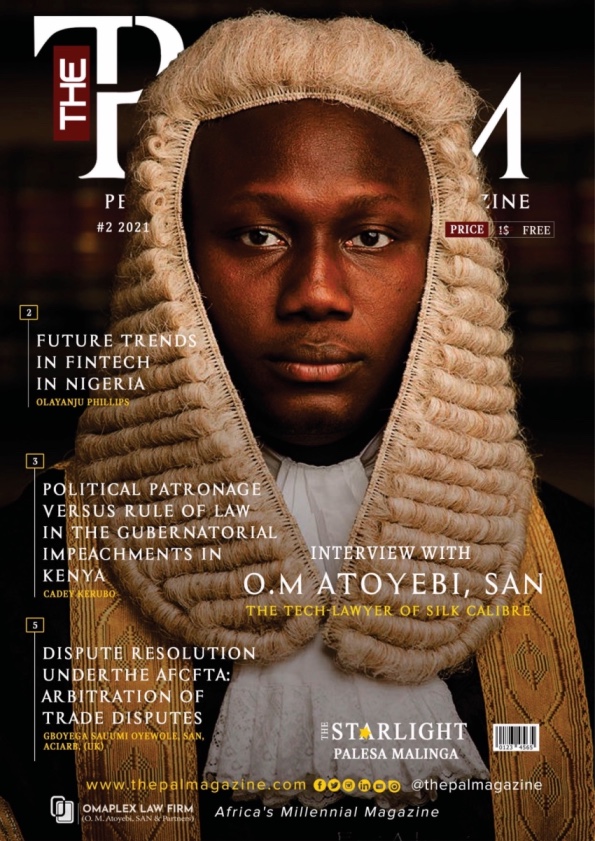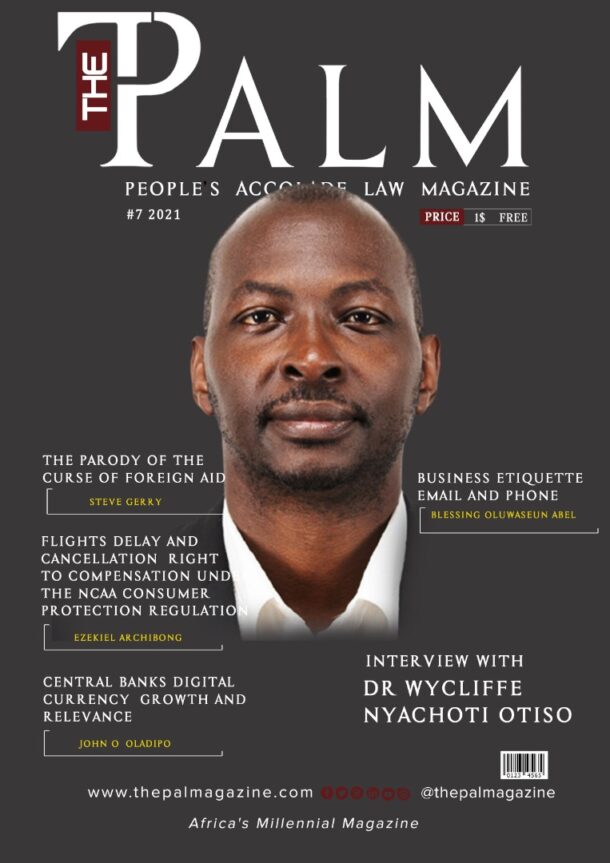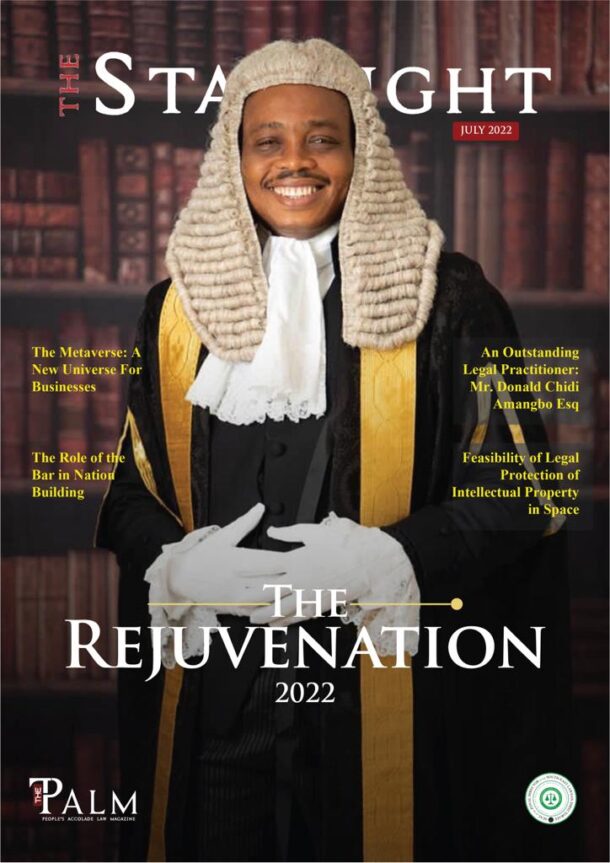Introduction
“I conceive that land belongs to a vast majority of whom many are dead, a few are living and countless hosts are still unborn…”[1]
This statement made by Chief Nana Ofori of Ghana captures the emotive question of land ownership in Africa. The land question has been a reason for many controversies in the African continent over the years. This is right from the pre-colonial era to date. Land was the reason why elite European nations scrambled for the partition of Africa during the Berlin Conference in 1884. It is not a surprise that, land became the main grievance raised by the Africans during the fight against colonial rule.
In Kenya for instance, the earliest political organisations all championed for the return of the land taken away by the Crown Ordinance Act of 1902 and its subsequent amendments and other related laws. These organisations included Young Kavirondo Association[2], the Kenya African Union[3], the Kenya African National Union as well as the Kenya African Democratic Union. In response to the fight for the African land, there were initiatives to quell the unrests among Africans. For instance, in 1923, the Devonshire White Paper basically noted that whenever the interests of native Africans clashed with those of Asians, Europeans, or Arab settlers, those of the Africans should prevail.[4]
The Hilton Young Commission of 1927 also attempted to resolve the never ending land question.[5] As the Kenyan Independence Day drew nigh, the British Government began implementing policies that favoured Africans. For instance, in 1954, the Swynnerton plan was adopted with the purpose of providing progressive reforms that would ensure a rather sufficient transition of power to Africans. The recommendations included returning the white highlands which belonged to Africans originally back to the Africans.
When Kenya gained independence in 1963, the African Government at the helm was unfortunately unable to set up favourable land policies. Instead, the Government inherited the policies of the colonial masters and perfected the art of accumulating land for their own gain. This is the genesis of historical injustices. Today, land in Kenya is a politically sensitive and culturally complex issue. Before the new land regime in Kenya that was ushered by Sessional Paper No 3 of 2009, the land question was characterized by indications of a breakdown in land administration, disparities in land ownership, tenure insecurity and conflict that amounted to great historical injustices.
Definition of Historical Injustices
The Truth Justice and Reconciliation Commission defined historical injustices as follows; Historical Land Injustices means a grievance which occurred between 15th June 1895 when Kenya became a protectorate under the British East African Protectorate and 27th August, 2010 when the Constitution of Kenya was promulgated. This definition was further enhanced in Kenya National Chamber of Commerce & Industry -KNCC1 (Muranga Chapter) & 2 others v Delmonte Kenya Limited & 3 others; County Government of Kiambu (Interested Party) [2020] eKLR, where the Court defined historical injustices in the following terms:
“A historical land injustice is defined in section 15(2) to mean a grievance which was occasioned by a violation of right in land on the basis of any law, policy, declaration, administrative practice, treaty or agreement; resulted in displacement from their habitual place of residence; occurred between 15th June 1895 when Kenya became a protectorate under the British East African Protectorate and 27th August, 2010 when the Constitution of Kenya was promulgated; has not been sufficiently resolved and subsists up to the period specified under paragraph; meets the criteria set out under subsection 3 of this section.”
According to a report done by Truth Justice and Reconciliation Commission that had been tasked with coming up with a report on Historical Land Injustices, there was a need to address the land question. TJRC divided the historical injustices into two phases:
- The Colonial era where colonial officers used irregular and/or illegal methods to obtain land from local communities such as: the establishment of native reserves. The colonial system created ethno-specific boundaries, which gave the impression that land rights within particular boundaries could only be enjoyed by certain communities, in certain areas. These ethnic ties to land continue to affect Kenya to date.
- The post- independence era: officials of the newly-formed independent government in Kenya turned the foreign-funded settlement schemes into cartels for their own benefit, and bought land in the Rift Valley, among other parts of the white highlands.
The Commission summarized its findings on historical land injustices as follows:
- There is a close link between land injustices and ethnic violence in Kenya.
- Land related injustices took many forms such as illegal takeover of individual and community land by public and private institutions; illegally hiving off public land and trust lands; preferring members of a specific ethnic group to benefit from settlement schemes, at the expense of others who were more deserving; forcefully settling a community outside its homeland; forceful eviction; and land grabbing by government officials.
- Land injustices started during the colonization of the Coast by Arabs and were followed by the British. All post-independence government regimes failed to honestly and adequately address these injustices.
- The failure of colonial and post-independent governments to address landlessness has caused individuals and communities to turn to violence.
- Some have taken advantage of existing land-related injustices, when addressing other social problems, such as political differences.
- Land-related injustices have affected the whole country, but communities at the Coast, especially the Mijikenda, Taita and Pokomo, have suffered the longest and most severe injustices.
- Land-related injustices at the Coast are one of the key reasons for under-development in the area, and have caused the emergence of the Mombasa Republican Council (MRC).
- The provincial administration has committed land-related injustices, including forced evictions, and should participate in efforts to redress land related problems.
- The current Constitution and its institutions provide an opportunity to fully address land related injustices, but only if there is political will to do so.
Historical Land Injustices in Mariwenyi, Taita Taveta County
There have been a number of cases in recent years which have been instituted in Court relating to Historical land injustices in the coastal region. The major reasons why this stark realisation is evident is because the coastal people where side-lined or not properly informed during the campaign to have land registered. This fact led to many communities losing their land to investors who exploited them in the name of having titles from ‘big government offices.’
This is the case with people of Mariwenyi, Taita Taveta County who have been evicted from their ancestral land.. The parcel of land which in question measuring approximately 100 acres is located opposite Taita Taveta University main gate A and the right hand tarmac road that leads to the University from the junction of Voi – Mwatete main road. The controversy concerns a dispute between the indigenous community which has occupied the land for decades and Vindo multipurpose cooperative who acquired the land from Voi Sisal Estate.
The parcel of land has been the community’s grazing land since the childhood of their grandparents and was unjustly enjoined with the claim by Vindo multipurpose co-operative and they negated Mariwenyi Community claim when they recognized LR. 1252 land handed to Kirutai and Mrabenyi communities. Voi Sisal plants security had been clearly marked by sisal plants, security watch tower and a road that went round.
Accordingly, the residents claim that they have been illegally deprived of their interests to the land courtesy of the claims by Vindo. The residents aver that there has been massive injustice to the community. They have been evicted from their homes illegally and forced to move elsewhere while rich strangers have begun developing the land.
Way Forward
The findings of the TJRC aptly relate to the land dispute in question relating to the residents of Mariwenyi. The land reforms that have been seen since 2010 have been instrumental in bringing the necessary changes that will solve the situations once and for all. There have been various Acts and regulations for instance which have been brought in to supplement the progressive Constitutional provisions regarding the land question. These include the Land Act, 2012, the Land Registration Act 2012, Community Land Act 2016, Land Laws (Amendment) Act 2019, National Land Commission Act among others.
Since the facts herein reveal a breach of various constitutional rights, the Court being a protector of such rights should entertain such a case. Persons affected have locus to approach the court as stipulated in the Constitution. Certainly, The Constitution gives a wide array of persons the authority to institute litigation in Courts for the violation of fundamental rights and freedoms. Article 22 (as read with Article 258) states that:
22(1) Every person has the right to institute court proceedings claiming that a right or fundamental freedom in the Bill of Rights has been denied, violated or infringed, or is threatened.
(2) In addition to a person acting in their own interest, court proceedings under clause (1) may be instituted by––
(a) a person acting on behalf of another person who cannot act in their own name;
(b) a person acting as a member of, or in the interest of, a group or class of persons;
(c) a person acting in the public interest; or
(d) an association acting in the interest of one or more of its members.
In addition, the Constitution, in Article 22(3) has further made a requirement for the Chief Justice to make Rules to enhance the adjudication of constitutional rights. In fulfilment of this requirement, the Chief Justice has developed the Constitution of Kenya (Protection of Fundamental Freedoms) Practice and Procedure Rules, 2013, the so called Mutunga Rules, whose main objective is to facilitate access to justice to all persons approaching the courts under Article 22 of the Constitution.16 These Rules reiterate the wide standing provisions of the Constitution, enumerating procedures under which these parties are to approach the courts.17 In enhancing access to justice, the Rules require cases to be determined in a just, expeditious, proportionate and affordable manner, and further require the courts to take into account the situation of vulnerable groups such as the poor, illiterate, uninformed, and unrepresented as well as persons with disabilities.

#6 2021 Edition
Clinton is an Editor at The PALM. He can be reached via Nyamongo@thepalmagazine.com
[1] Ollennu, Nii Amaa. “Principles of customary land law in Ghana.” Principles of customary land law in Ghana. (1962).
[2] Bogonko, Sorobea Nyachieo. “Africans and the Politics of their Education in Kenya, 1910–1934.” Journal of Eastern African Research & Development 14 (1984): 19-38.
[3] Spencer, John. “The Kikuyu Central Association and the Genesis of Kenya African Union.” Kenya Historical Review 2, no. 1 (1974): 67-69.
[4] Morgan, W. T. W. “The’white highlands’ of Kenya.” The Geographical Journal 129, no. 2 (1963): 140-155.
[5] RCMA. “The Report of the Joint Select Committee on Closer Union in East Africa.” Bulletin of International News (1931): 3-8.

